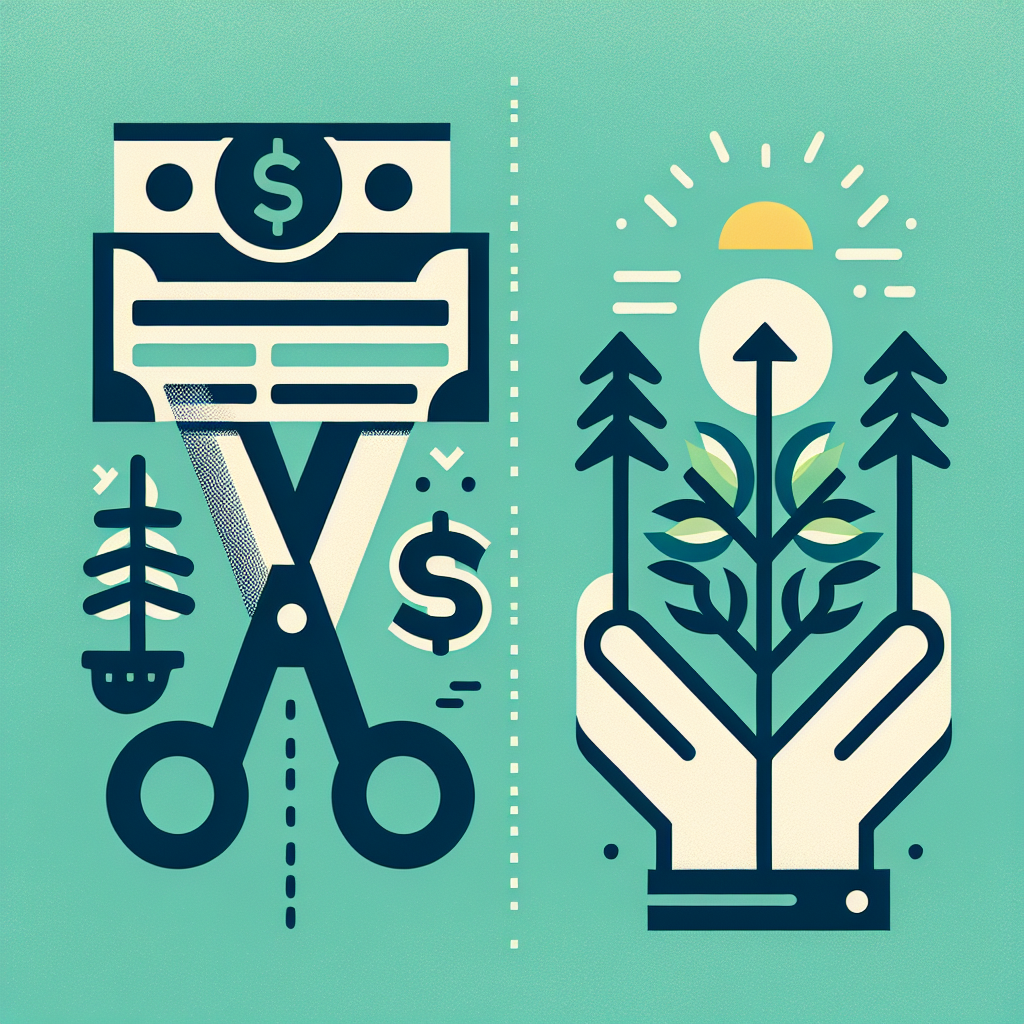In today’s challenging economic environment marked by inflation, rising energy costs, and increased living expenses, finding ways to reduce monthly spending has become more crucial than ever. However, cutting expenses doesn’t necessarily mean compromising your quality of life or giving up the things you enjoy most.
The key is to identify areas where you can make smart adjustments that yield significant savings without feeling deprived. By implementing strategic changes to your spending habits, you can free up money for building your emergency fund, paying down debt, or enhancing your retirement savings.
The following painless strategies can help you reduce your monthly expenses while maintaining the lifestyle you’ve worked hard to achieve.
1. Negotiate Your Insurance Rates
One of the most effective ways to cut monthly expenses is to review and negotiate your insurance premiums. Many Americans are overpaying for auto, home, and health insurance simply because they haven’t shopped around recently.
Contact your current providers and ask about available discounts. You might qualify for multi-policy discounts, safe driver rewards, or loyalty discounts you weren’t aware of. Additionally, comparing quotes from different insurers can reveal significant savings opportunities without reducing your coverage.
2. Optimize Your Cell Phone Plan
Review your cell phone usage patterns and switch to a plan that better matches your needs. Many people pay for unlimited data they never use or premium features they don’t need. Consider switching to a more affordable carrier or downgrading to a basic plan if your usage is minimal.
Family plans often offer better per-line rates, and some carriers provide discounts for autopay or paperless billing. These small changes can save you $20-50 per month without affecting your communication needs.
3. Cancel Unused Subscriptions and Memberships
Take inventory of all your recurring subscriptions, including streaming services, gym memberships, magazine subscriptions, and software licenses. Cancel any services you haven’t used in the past three months or that don’t provide sufficient value for their cost.
Consider sharing streaming accounts with family members or rotating subscriptions seasonally. For example, keep Netflix during winter months and switch to outdoor activities during summer, then reverse the pattern.
4. Embrace Strategic Meal Planning
Food expenses can consume a significant portion of your budget, but smart meal planning can reduce costs without sacrificing nutrition or enjoyment. Plan your meals around sales and seasonal produce, buy generic brands for staples, and cook larger portions to create leftovers for future meals.
Bringing lunch to work instead of eating out can save $100-200 monthly, while still allowing you to enjoy occasional restaurant meals as special treats.
5. Refinance High-Interest Debt
If you’re carrying credit card debt or have loans with high interest rates, explore refinancing options. Transferring balances to lower-rate cards or consolidating multiple debts can significantly reduce your monthly payments.
For student loans, refinancing to a lower rate can free up hundreds of dollars monthly while helping you pay off debt faster.
6. Implement Energy-Saving Measures
Reduce your utility bills through simple energy-saving strategies that don’t require major lifestyle changes. Adjust your thermostat by 2-3 degrees, use LED bulbs, unplug electronics when not in use, and run appliances during off-peak hours when possible.
These small adjustments can reduce your energy bills by 10-15% without affecting your comfort level.
7. Practice Strategic Shopping
Transform your shopping habits by using cashback apps, comparing prices online before making purchases, and timing major purchases around sales events. Sign up for store loyalty programs and use manufacturer coupons strategically.
For non-urgent purchases, implement a 48-hour waiting period to avoid impulse buying. This simple strategy can prevent unnecessary expenses while ensuring you still get the items you truly need.
8. Optimize Your Transportation Costs
Evaluate your transportation expenses and look for cost-saving opportunities. Consider carpooling, using public transportation for some trips, or combining errands into single outings to reduce fuel costs.
Regular vehicle maintenance can improve fuel efficiency and prevent costly repairs. Additionally, understanding the true cost of car ownership can help you make informed decisions about when to repair versus replace your vehicle.
9. Negotiate Better Banking Terms
Review your banking relationships and eliminate unnecessary fees. Switch to banks that offer free checking accounts, higher interest rates on savings, or better rewards programs. Many online banks offer superior rates and lower fees compared to traditional brick-and-mortar institutions.
Negotiate with your current bank to waive maintenance fees or qualify for premium account benefits based on your relationship history.
10. Maximize Tax Deductions and Credits
Ensure you’re taking advantage of all available tax deductions and credits. Many Americans overlook common deductions that could reduce their tax liability and increase their refunds.
Consider working with a qualified professional for comprehensive tax planning to optimize your tax strategy and reduce your annual tax burden.
11. Embrace DIY Home Maintenance
Learn basic home maintenance skills to handle simple repairs and upkeep tasks yourself. YouTube tutorials and online resources make it easier than ever to learn plumbing basics, painting techniques, and minor electrical work.
While major repairs should be left to professionals, handling routine maintenance yourself can save hundreds of dollars annually without compromising your home’s condition.
12. Optimize Your Entertainment Budget
Find creative ways to enjoy entertainment without overspending. Take advantage of free community events, happy hour specials, matinee movie prices, and library resources. Many museums and attractions offer discounted admission days or free hours.
Host potluck dinners instead of expensive restaurant gatherings, and explore outdoor activities that provide entertainment without ongoing costs.
13. Leverage Cashback and Rewards Programs
Maximize the value of your everyday spending by using cashback credit cards for purchases you would make anyway. Pay off balances in full each month to avoid interest charges while earning rewards on necessary expenses.
Stack store loyalty programs with cashback apps and credit card rewards to maximize your savings on routine purchases like groceries and gas.
14. Review and Reduce Housing Costs
If you’re renting, negotiate with your landlord for rent reductions in exchange for longer lease terms or property maintenance responsibilities. For homeowners, challenge your property tax assessment if you believe it’s too high, or consider refinancing your mortgage if rates have improved since your original loan.
Renting out unused space through platforms like Airbnb can generate additional income to offset housing costs.
15. Automate Your Savings
Set up automatic transfers to move money into savings accounts before you have a chance to spend it. Even small amounts saved consistently can add up to significant emergency fund contributions or debt payments over time.
This strategy helps you break the paycheck-to-paycheck cycle while building financial security for the future.
Start Implementing These Changes Today
The beauty of these expense-cutting strategies lies in their simplicity and sustainability. You don’t need to make dramatic lifestyle changes or give up the things that bring you joy. Instead, focus on making smart adjustments that optimize your spending without sacrificing your quality of life.
Begin by implementing 2-3 strategies that seem most applicable to your situation, then gradually add more as these become habitual. Remember, developing good financial habits takes time, but the cumulative effect of these small changes can create substantial long-term savings.
By taking control of your monthly expenses through these painless methods, you’ll free up money for the financial goals that matter most to you – whether that’s building an emergency fund, paying off debt, or securing your retirement future. The key is to start today and remain consistent with your efforts.




